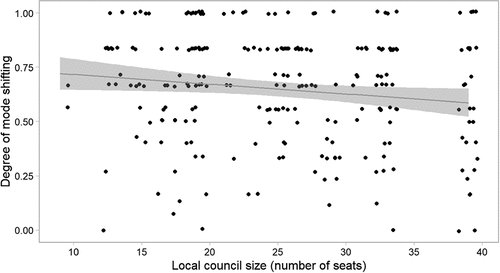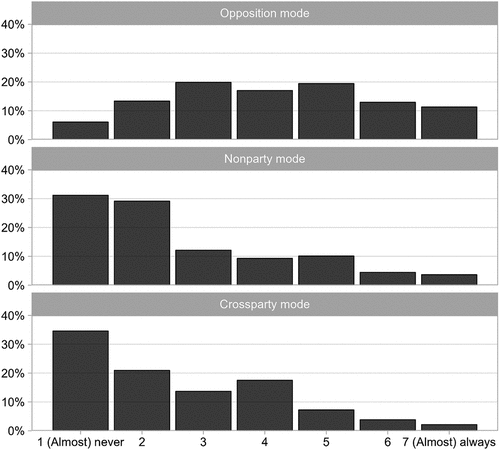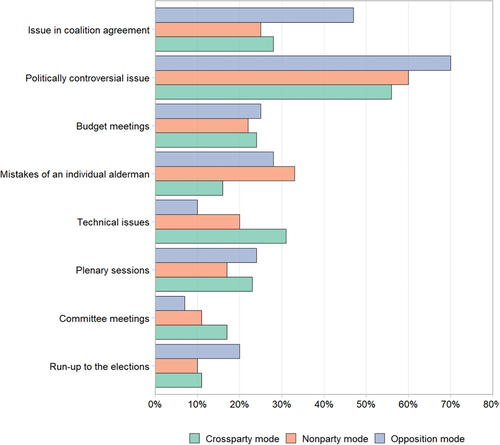Figures & data
Figure 1. Modes of council–executive relations (cf. Andeweg and Nijzink Citation1995, 154).
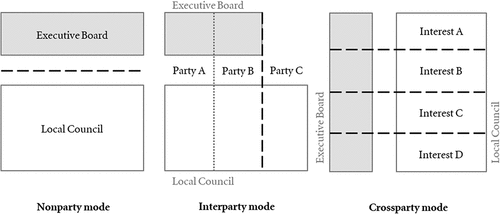
Figure 3. Coefficient plot of multilevel regression analyses of the opposition, non-party and crossparty modes. Note: error bars denote 95% confidence intervals. Circle points denote statistical significance (p < .05). Control variables are not displayed.
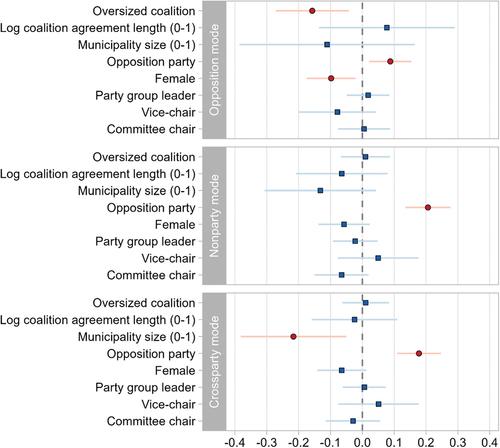
Figure 4. Histogram of the degree to which councillors shift between the opposition, non-party and crossparty modes.
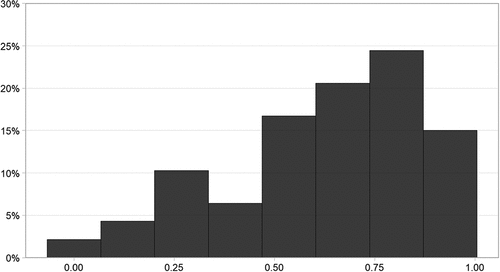
Figure 5. Scatterplot (with jitter) of the relationship between local council size and mode shifting.
